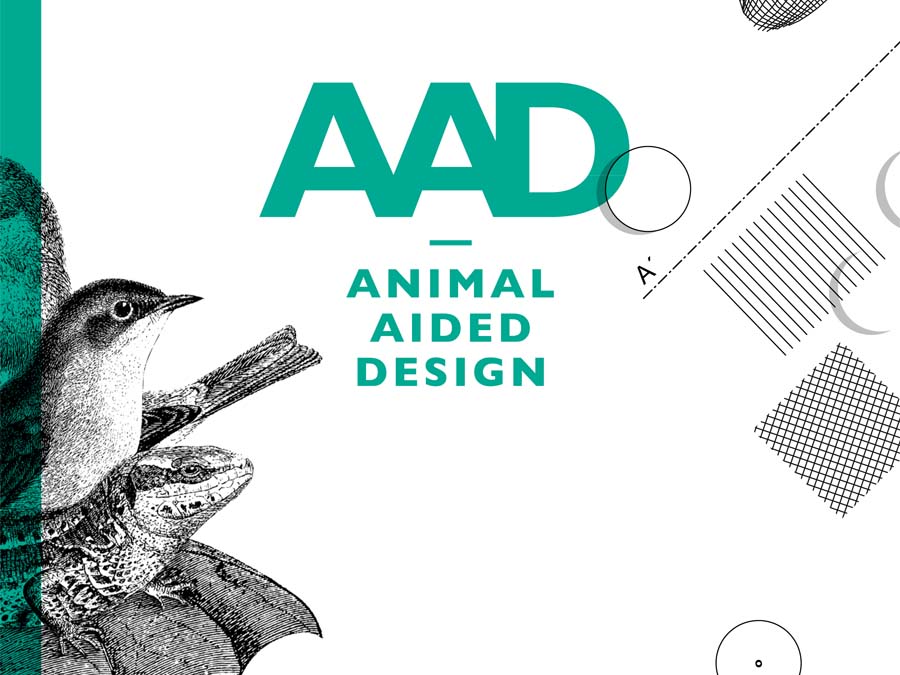New biodiversity concepts for urban areas
Animal-Aided Design: planning for people and animals

As part of their research project, Dr. Thomas E. Hauck (University of Kassel) and Prof. Wolfgang W. Weisser from the Technische Universität München (TUM) examined ways to reconcile urban planning requirements with the needs of animals. The house sparrow was one example they looked at. Considerations ranged from the preservation or creation of nesting places when installing façade insulation to securing the birds’ food supply.
“The aim of Animal-Aided Design is to create a permanent habitat for animals in urban open spaces,” explains Prof. Weisser, head of the TUM Chair for Terrestrial Ecology. “So we give designers specific criteria for species-appropriate planning across the entire lifecycle.” Design elements, trees, shrubs or sand baths where animals can find refuge and food all play a key role in the new planning process.
Brochure shows concept models for Munich, Berlin and London
The researchers have presented their findings in a brochure describing how to create the required habitat for a number of species. They also suggest three AAD concepts for the cities of Munich, Berlin and London.
The authors additionally show how animal-appropriate designs also benefit humans by fostering playgrounds and green spaces. Entirely new space concepts could be created, for example a “night park” in Berlin for nightingales and bats.
This research project was funded by the Bayerisches Staatsministerium für Umwelt und Verbraucherschutz (Bavarian State Ministry of the Environment and Consumer Protection).
More information:
- Download of the Animal-Aided Design booklet (in German only)
- Order print version:
Secretariat TOEK
toek@tum.de
phone: +49 8161 71-3495
Contact:
Prof. Dr. Wolfgang W. Weisser
Technische Universität München
Chair for Terrestrial Ecology
phone: +49 8161 71-3496
wolfgang.weisser@tum.de
http://www.toek.wzw.tum.de/
Dr.-Ing. Thomas E. Hauck
Universität Kassel
Tel.: +49 561 804-2484
thomas.hauck@asl.uni-kassel.de
www.uni-kassel.de/fb06/fachgebiete/landschaftsarchitektur-und-planung/freiraumplanung/
Technical University of Munich
Corporate Communications Center
- Barbara Wankerl
- barbara.wankerl@tum.de
- presse@tum.de
- Teamwebsite
![[Translate to en:] Die Flut 2013 zeigte den Wissenschaftlerinnen und Wissenschaftlern des Jena Experiments, dass artenreiches Grasland von Überschwemmungen profitieren kann. (Bild: Victor Malakhov / iDiv) [Translate to en:] Die Flut 2013 zeigte den Wissenschaftlerinnen und Wissenschaftlern des Jena Experiments, dass artenreiches Grasland von Überschwemmungen profitieren kann.](/fileadmin/_processed_/1/6/csm_20130531_DSC0838_c94fa537e4.jpg)
